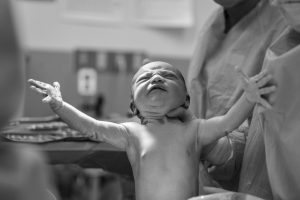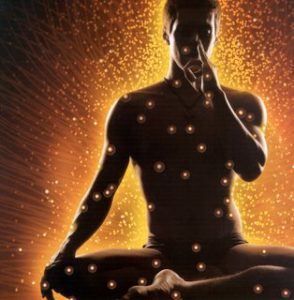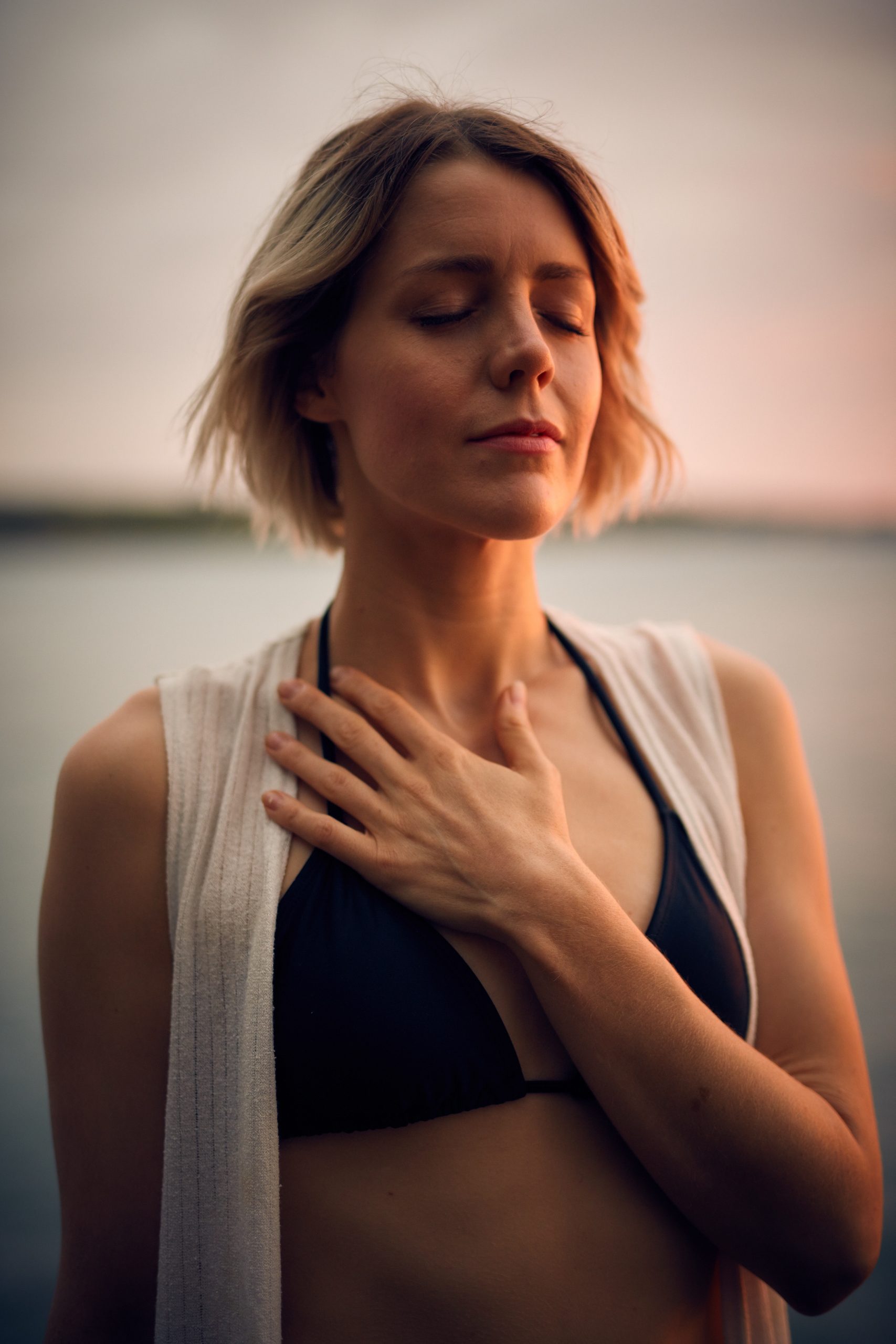“Just breathe…” my father used to say to me when I was anxious as a young child.
The lungs are the largest organs in the human body and they are indeed the gateway to connect us to our limitless potential and thus our strength. One grown lung fully spread out will cover almost the size of a tennis court.

The lungs are our biggest organ
They are a pair of spongy, air-filled organs located on either side of the chest. The trachea (windpipe) conducts inhaled air into the lungs through its tubular branches, called bronchi.
The bronchi then divide into smaller and smaller branches (bronchioles), finally becoming microscopic. They eventually end in clusters of microscopic air sacs called alveoli. In the alveoli, oxygen from the air is absorbed into the blood.
Expanding and Contractions
The lungs expand and contract about nineteen to twenty times a minute to supply oxygen to be distributed to tissues all over the body and expel carbon dioxide that has been created throughout the body.
Thus the lungs are among the hardest-working organs in the body. Human beings breathe about 15 times per minute and 21.600 times per day.
Respiration fuels the burning of oxygen and glucose and generates the energy to power every muscular contraction, glandular secretion, and mental process. Every single cell in the human body is directly impacted by breathing.

Our brain performance is directly impacted by the supply of oxygene.
Many people breathe incorrectly, using only a small part of their lung capacity. When shallow, breathers deprive the body of oxygen, the nervous system tenses with dysfunctional breath and generate artificially stress in the body system.
Irregular breathing disrupts the rhythm of the brain and leads to physical, blocks which can in return effect our brain functions.
Stress and worry create distorted breathing patterns in people. Many people without knowing stop altogether for long periods to breathe, often at night. This decrease in oxygenation can create headaches, migraines and muscle tension.
The structure of the lungs
The lungs are divided into several compartments, the lobes. The left lung contains two sections and the right lung three. Most people only breathe into the lower sections of the lungs in their day to day not realizing that they selristrict their breathing potential as well as generating muscular tightness in the higher chest and shoulders.
Breathing extensively allows the upper shoulder girdle to be open and relaxed.
Although breathing is mainly an unconscious process, conscious control of it may be taken at any time. Rhythmic, deep and slow respiration stimulates the parasympathetic nervous system and is stimulated by calm, content states of mind.
In many languages, breath and inspiration are the same word eg. In Latin “inspirare” means breathing in. Pranayama is a Sanskrit word meaning “extension of the life force”.
The linguistic fact just underlines the enormous reach that breath has into our existence. Breath is a connection on all levels of our being to restrain breath means to restrain deep connection to ourselves.
 What is Pranayama? How can it help me?
What is Pranayama? How can it help me?
Pranayama in Yoga is a method to gain conscious access over the unconscious act of breathing. Breathing forms a bridge between the conscious and unconscious fields of the mind.
In breathing deeply the human body and mind can draw on almost unlimited resources of strength and connection.

